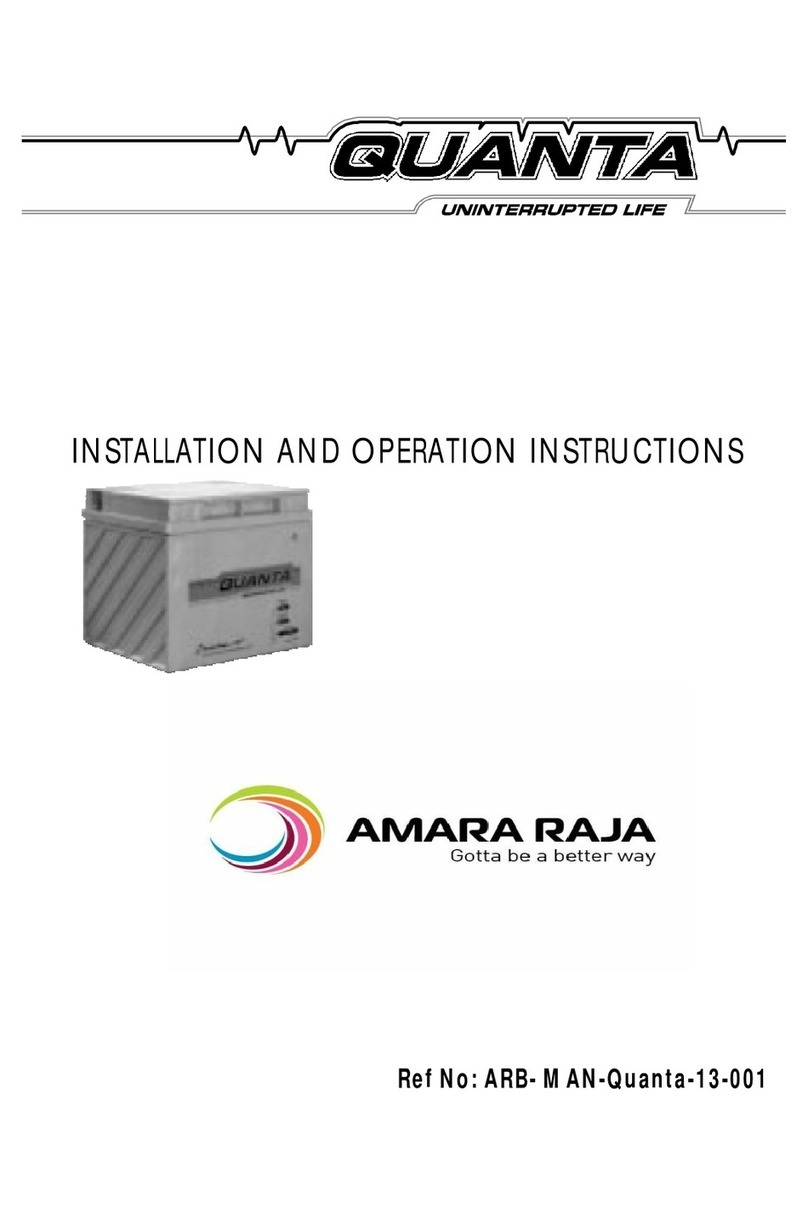
Amara Raja Batteries Ltd, (ARBL) the largest manufacturer of stand by
Valve Regulated Lead Acid (VRLA) batteries in the Indian Ocean Rim,
comprising the area ranging from Africa and the Middle East to South
East Asia. Our State-of-the-art manufacturing units are located at Tirupati
& Chittoor with our Corporate Office in Hyderabad, India.
The production process is highly automated and microprocessor based
controlled systems ensures adherence to process parameters. The
products that leave the unit are thus of the highest quality possible. The
company was awarded the coveted ISO-9001 certification in 2015, ISO
14001 re- certification in 2015, and ISO 45001: 2018 to Quality, Environment
and Occupational Health and Safety Management Systems.
By employing latest generation technology and with a clear
understanding of current power back up requirements, Amara Raja has
become the benchmark in the manufacture of lead acid batteries for
different applications. Amara Raja Industrial Batteries offers a broad range
of battery solution in segments like UPS, Solar, Energy Storage Solutions
(ESS), Telecom, Railways, Defence & Motive Power. Amara Raja Batteries
Limited(ARBL) the first company to manufacture Valve Regulated
Lead-Acid (VRLA) batteries in India. They are engineered to provide the
performance reliability and consistency over the life of the product and
they offer a long battery life with minimal maintenance.
AMARON QUANTA - LIFE UNINTERRUPTED
01
1 INTRODUCTION
The electrode reactions in all lead acid batteries are basically identical. As
the battery discharges, the lead -dioxide (positive active material) and the
spongy lead (negative active material), both react with the sulphuric acid
(electrolyte) to form lead sulphate and water. During charge, this process
is reversed.
2 BRIEF REVIEW OF TECHNOLOGY




























